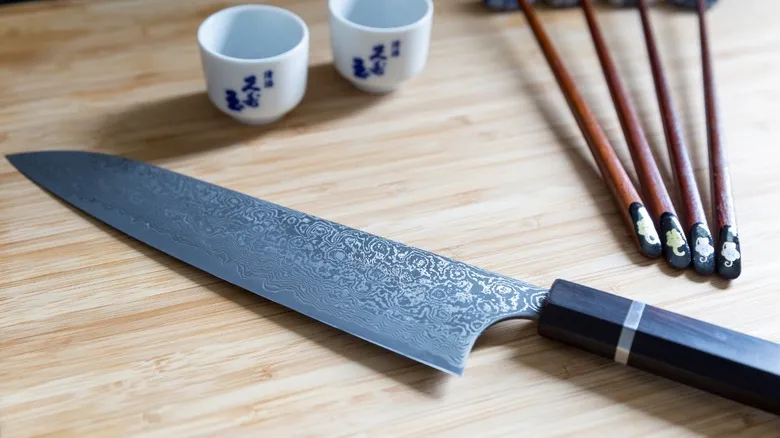Japanese knives are a work of art

The defining features of a Japanese knife include its exceptional sharpness, practicality, comfort, and aesthetic appeal. Crafted by skilled metalsmiths, these knives are made from high-quality steels and require years of expertise to hammer the blade to the ideal thinness without compromising its durability. Following this, the blade undergoes grinding, polishing, and sharpening.
Each type of knife has its specific purpose, and many Japanese knives are designed with a single bevel, meaning they are sharpened on one side. This design is perfect for achieving thin, precise cuts, making them ideal for sashimi, filleting fish, or slicing vegetables into near-translucent pieces. Another distinguishing feature of these knives is their weight; Japanese knives are lighter and have a blade that extends only halfway into the handle, unlike other knives where the metal runs the full length.
Japan boasts a long-standing tradition of metalsmithing that spans centuries. The philosophy behind crafting these knives emphasizes not only quality but also beauty. In swordmaking, the term kitae hada refers to the unique grooved patterns found in blades, often reminiscent of wood grain or flowing water. You can see these intricate designs in contemporary Japanese knives, indicating that extra care and time were taken to enhance their visual appeal. This commitment to craftsmanship and meticulous attention to detail often justifies the higher price point. If there’s one knife that home cooks should invest in, it’s undoubtedly a Japanese knife.
Recommended
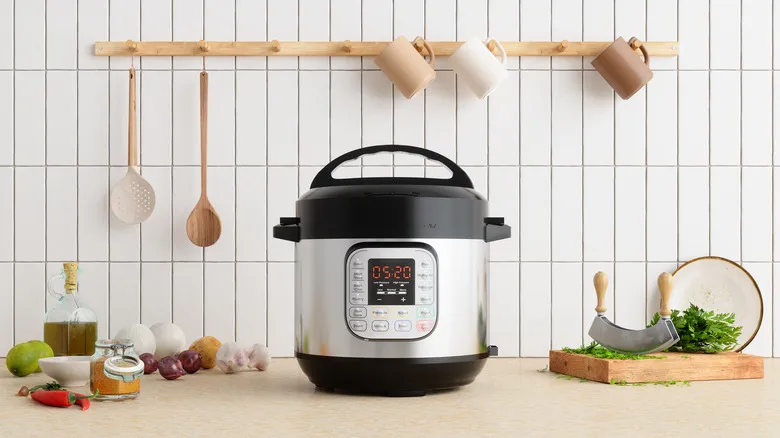
Don't Sleep On Cooking Burgers In Your Instant Pot
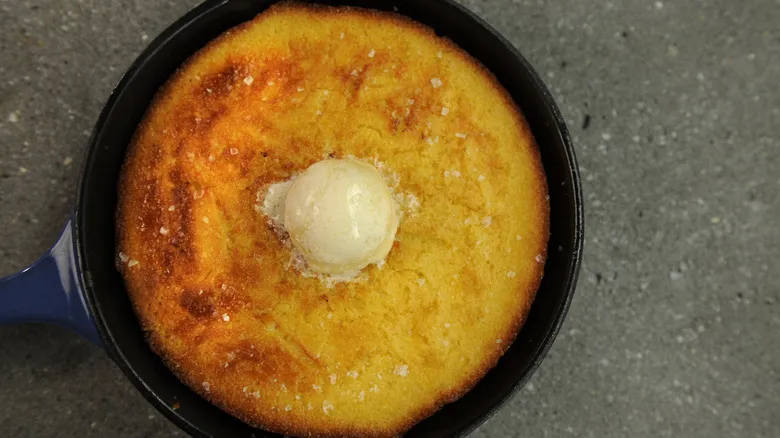
Effortlessly Take Maple Butter To The Next Level With One Kitchen Tool
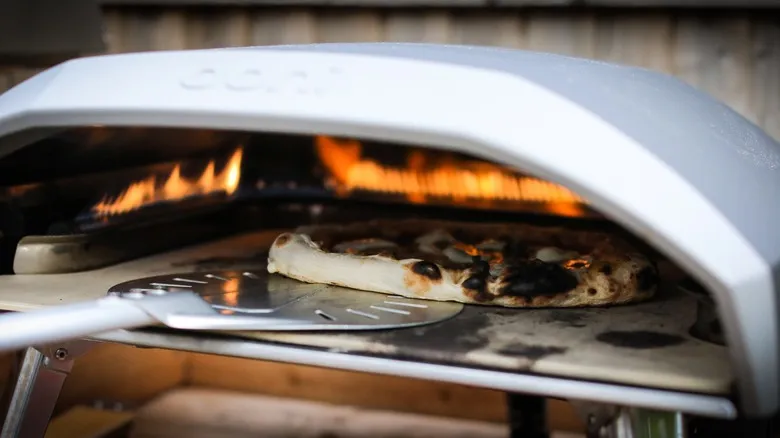
If You're Not Using Your Pizza Oven For Frozen Pizzas, You're Missing Out
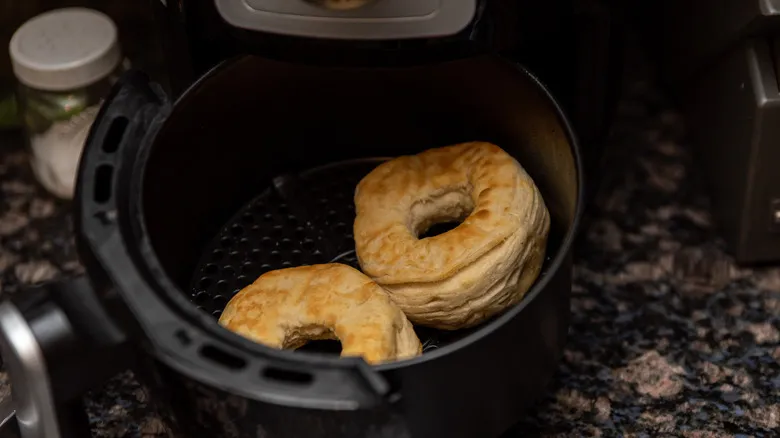
Canned Biscuits And An Air Fryer Are The Secret To Effortless Desserts
Next up

